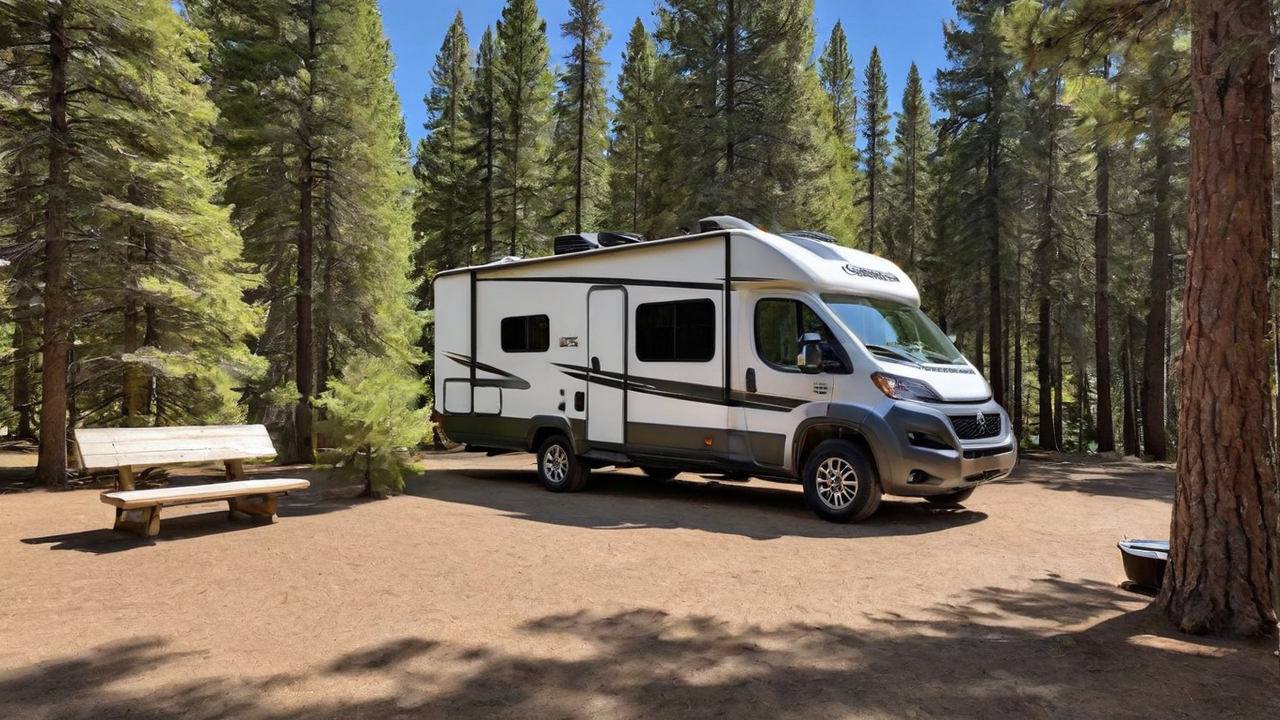Improving Site Selection with Geographic Information Systems Integration in Campsite Administration Software
Improving Site Selection with Geographic Information Systems Integration in Campsite Administration Software
Blog Article

Leveraging GIS for Enhanced Campsite Configurations
Integrating GIS into campground management systems transforms the way campsites are planned and managed. By utilizing precise geographical data, administrators can optimize the layout for better accessibility and guest experience. This integration allows for the creation of detailed site maps that incorporate existing landscapes, maximizing the use of space while preserving the environment.
The capability to see and manipulate the campground configuration in real-time offers a significant advantage in planning and development. Precise GIS data helps in locating ideal spots for amenities, ensuring they are both reachable and environmentally sustainable. This approach not just enhances guest satisfaction but also contributes to a reduced environmental impact.
Streamlining Booking Systems with GIS
By introducing GIS into campground reservation systems, providers provide a more engaging booking experience for guests. Guests can choose their preferred sites based on real-time geographical information, including proximity to facilities and scenic views. This degree of precision in site selection significantly enhances preparation and satisfaction for campers.
Furthermore, this system reduces the likelihood of overbooking and conflicts among reservations. Accurate GIS data guarantees that each site is accurately mapped, with clear demarcations, thus making a smoother reservation process. This efficiency not only saves time for site administrators but also enhances the overall customer experience.
Improving Security and Emergency Response with GIS
Integrating GIS into campground management solutions greatly enhances safety and emergency response. Detailed site maps permit for precise placement of emergency facilities like fire stations, first aid points, and evacuation routes. This availability to vital information can significantly accelerate response times in critical situations, potentially preserving lives.
Moreover, GIS data can be used to spot areas prone to natural hazards such as flooding or wildfires, enabling for the creation of proactive safety plans. Through this technology, campground managers can put in place precautionary measures and inform campers of possible risks, thus guaranteeing a safer camping environment for everyone.
Optimizing Resource Distribution With GIS
GIS technology allows campground managers to efficiently allocate amenities across the area. By analyzing geographical data, managers are able to determine the most strategic locations for amenities such as restrooms, picnic areas, and recreational areas. This guarantees that all campers have convenient access to facilities, improving their total satisfaction.
Additionally, GIS can help in managing the usage of environmental assets, encouraging sustainable management within the campground. Through precise mapping, campgrounds can avoid overuse of sensitive areas, aiding in conservation efforts and protecting the natural appeal and integrity of the environment.
Boosting Guest Satisfaction with Interactive GIS Tools
Interactive GIS maps boost visitor engagement by providing an immersive experience of the campground before arrival. Campers can tour different areas, see photos, and learn about nearby attractions directly via the campground’s website. This pre-visit interaction begins the guest experience on a high note, raising anticipation and contentment.
Moreover, these interactive tools can serve as a guide during the stay, offering up-to-date information on weather conditions, scheduled events, and available facilities. Such accessibility guarantees that guests remain informed and can fully enjoy their outdoor adventure.
Facilitating Environmental Conservation with GIS
GIS integration in campground management systems plays a crucial role in advancing eco-friendly sustainability. Precise mapping enables for thoughtful planning and conservation of natural resources, minimizing human impact on the environment. This tools facilitate to monitor and manage ecosystems, water bodies, and vegetation, ensuring their preservation for future generations.
Moreover, by utilizing environmental GIS data, campsites can determine regions ideal for solar panels installations or other eco-friendly projects. Such strategy not only boosts the campground’s environmental stewardship but also lowers operational costs, showing a commitment to conserving the natural world.
Incorporating Community Knowledge into Campsite Planning with GIS
GIS systems enable campground operators to integrate community knowledge into campsite planning. By collaborating with community residents, operators can acquire a deeper understanding of the landscape and its cultural significance. This collaboration ensures that campgrounds are developed with respect for local values and heritage, enriching the guest experience.
Moreover, this cooperation assists in discovering distinct chances for campsite experiences and offerings that showcase the area’s culture and natural beauty. Incorporating local perspectives into the planning process not only enhance the authenticity of the campground but also strengthens relationships with the local populace, establishing a beneficial effect for all parties.
Adapting to Changing Guest Expectations with Dynamic GIS Data
The world of outdoor hospitality is always evolving, with visitor expectations becoming more sophisticated. Utilizing dynamic GIS data enables campground operators to swiftly adjust to these shifts by updating facilities and services to meet contemporary demands. This flexibility guarantees that campsites remain appealing and relevant in a fast-paced market.
Furthermore, the ability to collect and interpret visitor feedback through GIS-based software means campground managers can continuously refine their offerings. Tailoring the camping adventure to meet specific desires not only increases guest satisfaction but also promotes return visits, driving the success of the campground in the long term.
browse Report this page